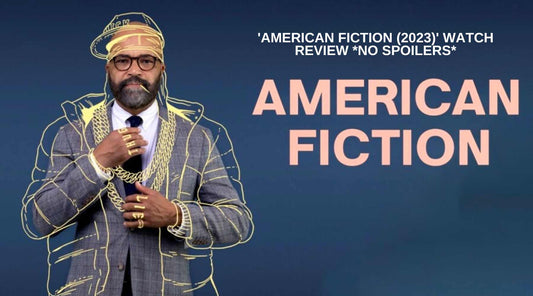The Daily Glow : un espace électronique pour la guérison et la croissance
All Topics
18+
20 Somethings
Active Listening
Activities
Addiction
Adulthood
Adventure
advice
Aging
anxiety
Art
Artificial Intelligence (AI)
ASMR
Attachment
Attachment Style
Attention Span
Autism
Beauty
Behind the scenes
Black Authors
Black Psychology
Black Women
Body
Bonding
Book Club
Books
boundaries
Brain Breaks
breathing
business
CBT
Change
Childhood
college advice
communication
community
Competition
Confidence
Confrontation
Connection
Coping
Crafting
Creativity
Dating
Depression
Eating
Election
Employment
Empowerment
Exercise
Expectations
Family
Fashion
Femininity
finance
friendship
future
Girlhood
growth
hacks
Hair
Hard Conversations
Healing
Health
Healthy Relationships
Hobbies
Holiday
Identity
Imposture Syndrome
Inner Calm
Inner child
Insecurity
Intimacy
Jobs
Journal Prompts
Journaling
Lessons
Living
Love
manifest
Meditation
Memoirs
Memories
Men
mental health
mental illness
Mindfulness
Mindset
money
Money Management
Mother Wound
Motherhood
Movement
Movies
Music
Nature
Nervous System
Neurodivergence
Overstimulation
Parenting
Playlists
Politics
Procrastination
Psychoeducation
PTSD
Race
Racial Identity
relationships
Religion
Review
Safe Space
School
Screen time
Seasonal Depression
Self regulation
Self-advocacy
Self-care
Self-discovery
Self-expression
Self-help
self-love
Self-sabotage
Self-sufficient
Self-talk
Sex
Sexuality
Shows
side hustles
Sinerely Sanguine
Singlehood
Sisterhood
Skincare
Sleeping
Social Battery
Social Media
Solo
Somatic Therapy
Strength
Stress Management
Students
success
Summer
support
Survival
survivor’s remorse
Technology
Therapy
tips
Toxic Household
Toxic Relationships
Toxic Workplace
Transition
Trauma
Travel
Triggers
Unrealistic Expectations
vision boards
Watch Review
Wisdom
Womenhood
Workout
yoga





